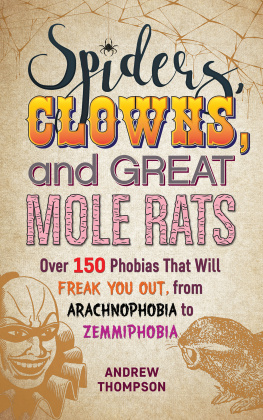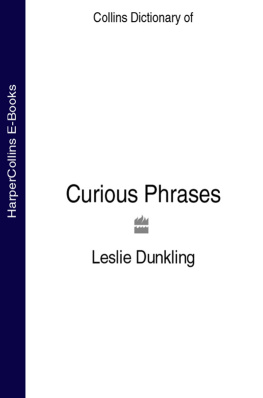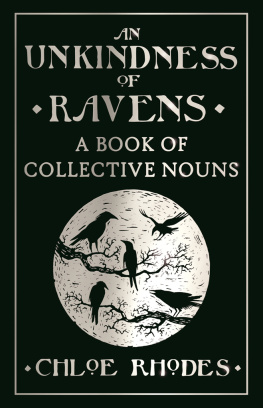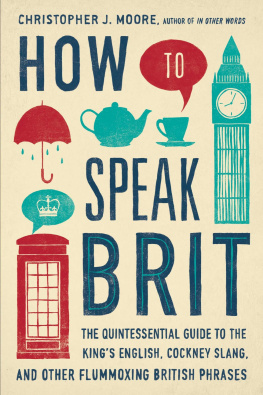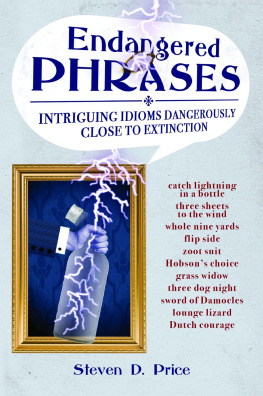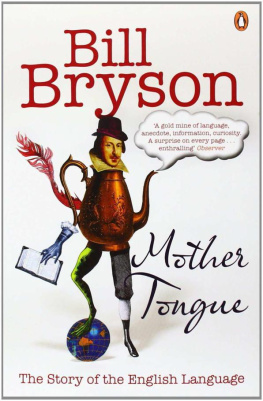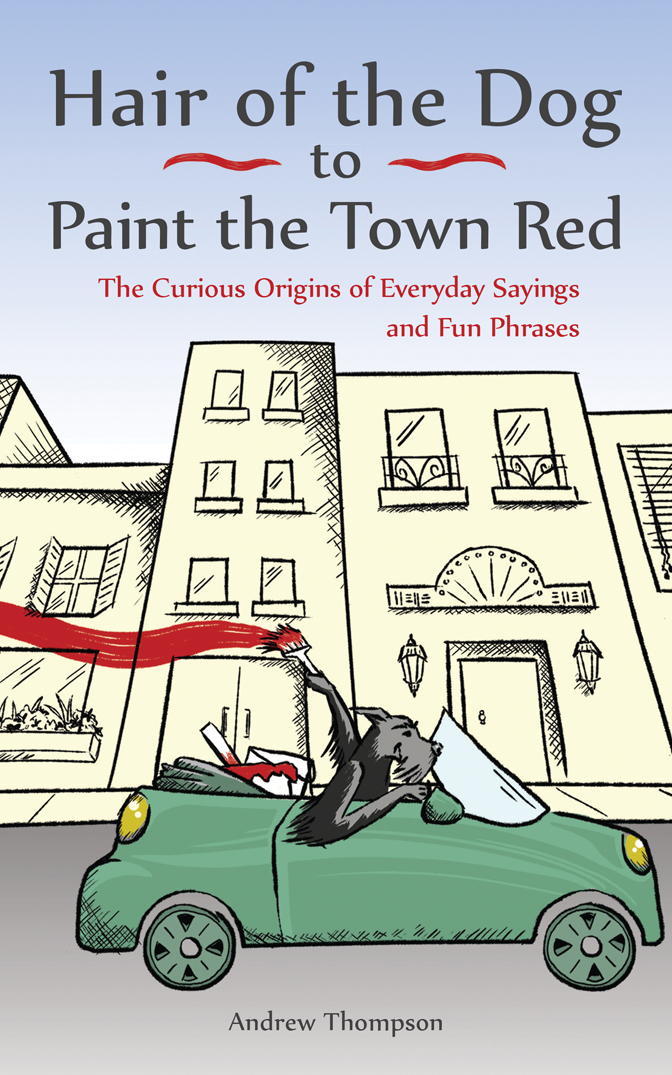
Text copyright 2017 Andrew Thompson. Design and concept copyright 2017 Ulysses Press and its licensors. All rights reserved. Any unauthorized duplication in whole or in part or dissemination of this edition by any means (including but not limited to photocopying, electronic devices, digital versions, and the Internet) will be prosecuted to the fullest extent of the law.
Published in the US by
ULYSSES PRESS
P.O. Box 3440
Berkeley, CA 94703
www.ulyssespress.com
ISBN: 978-1-61243-695-1
Acquisitions Editor: Bridget Thoreson
Managing Editor: Claire Chun
Editor: Shayna Keyles
Proofreader: Renee Rutledge
Layout: Caety Klingman
Front cover design: what!design @ whatweb.com
Cover artwork: Angela Jazmine
Interior artwork: see
Distributed by Publishers Group West
IMPORTANT NOTE TO READERS: This book is an independent and unauthorized publication. No endorsement or sponsorship by or affiliation with movies, celebrities, products, or other copyright and trademark holders is claimed or suggested. All references in this book to copyrighted or trademarked characters and other elements of movies and products are for the purpose of commentary, criticism, analysis, and literary discussion only.
To Felix
Table of Contents
Guide
CONTENTS
As mad as a hatterA son of a gunTo bite the bulletTo be saved by the bellTo be given short shrift
Have you ever wondered where the phrase in the limelight comes from? Or what cat got your tongue originally meant? Who was it that painted the town red in the first place? Its time to find out.
Phrases from the English language cover every facet of life, but often their meanings dont correlate to their origins. In case you werent aware, military tactics, nautical procedures, politics, entertainment, literature, and an array of other fields form the basis of many expressions that are used today. People are unwittingly quoting history on a daily basis.
The varied and bizarre explanations of our everyday phrases never cease to amaze and intrigue peopleand probably confuse the life out of anyone whose second language is English.
Did you know that to freeze the balls off a brass monkey is in no way offensive, but actually relates to cold temperatures causing cannonballs to fall onto the deck of a ship? Or that to eat humble pie originally meant that you were eating offal and entrails, known as umbles, instead of meat? Everyone knows what letting the cat out of the bag means, but did you know it originates from unscrupulous market vendors substituting cats for more valuable suckling pigs?
Most people simply dont have time to consider the origins of every phrase and idiom that we utter. We take our language for granted out of necessity, yet many of us are intrigued to know more. And thats where this book comes in.
There is often conflicting evidence and more than one possible origin of many phrases. In some cases, the discussion of a single expression could fill half the pages in this book. For these phrases, the most compelling view has been chosen. But that is not to say that there are no other possible explanations; these complicated situations just add weight to how intricate our language really is.
Hair of the Dog to Paint the Town Red explains the fascinating origins of 400 phrases that we use every day, breaking them up into different categories that will take you on a journey through every aspect of the world. What youll read is both weird and wonderful, eccentric and funnyand at times downright unbelievable.
So stop barking up the wrong tree, dont rest on your laurels or turn a blind eye, and dont pass the buck. This book will ensure that you never look at the English language in the same way againfrom when you start from scratch right up to the bitter end.

MEANING: prepare for trouble or hard times
IN CONTEXT: Here comes the boss and hes in a bad mood. Wed better batten down the hatches.
Batten down the hatches is a nautical phrase that dates back to the early 1800s. Most sailing ships at the time had cargo holds that opened to the deck via hatches, sometimes called hatchways. These hatches were normally left open or simply covered with a grate that allowed for ventilation. When seas were rough or bad weather was imminent, the ships captain would call to batten down the hatches to protect the cargo and prevent the hold from getting filled with rain or seawater. The hatches would be covered with canvas tarpaulins that would be held down with strips of wood, known as battens, to stop them from blowing off.

MEANING: avoid a difficult situation by leaving abruptly
IN CONTEXT: The business was failing so instead of injecting more money, he decided to cut and run.

Cut and run originated in the early 1700s when the anchor cables of ships were made of rope. To raise an anchor took significant time and effort, especially in deep water. If a ship was at anchor and suddenly came under attack, the time taken to raise the anchor could be costly. To save time and escape with minimal damage, the crew would cut the anchor rope with an ax and allow the ship to run with the wind and escape to safety. The expression was being used figuratively by 1861 when Charles Dickens included it in his novel Great Expectations.

MEANING: the very best quality
IN CONTEXT: When it comes to universities, Princeton is first rate.
First rate is a naval expression dating from the time of King Henry VIII. It was during his reign that the British Navy began organizing its ships according to their size and strength. The warships were rated on a scale of one to six. A small ship with little armory was considered sixth rate, while a large and well-armed ship was classed as first rate. The expression soon came to be used to refer to anything of the highest quality.

MEANING: a nutritious meal
IN CONTEXT: Jenny had been dieting for a month so was really looking forward to a good square meal.
Square meal is yet another nautical phrase. British warships in the 17th century had poor living conditions: The quarters were cramped, and most meals were insubstantial. In particular, breakfast and lunch usually consisted of little more than bread and water. However, the final meal of the day did provide some sustenance and generally included some form of meat. This meal was served on a large square tray made of wood, designed in that shape for easy storage. This larger, more nutritious serving became known as a square meal.


